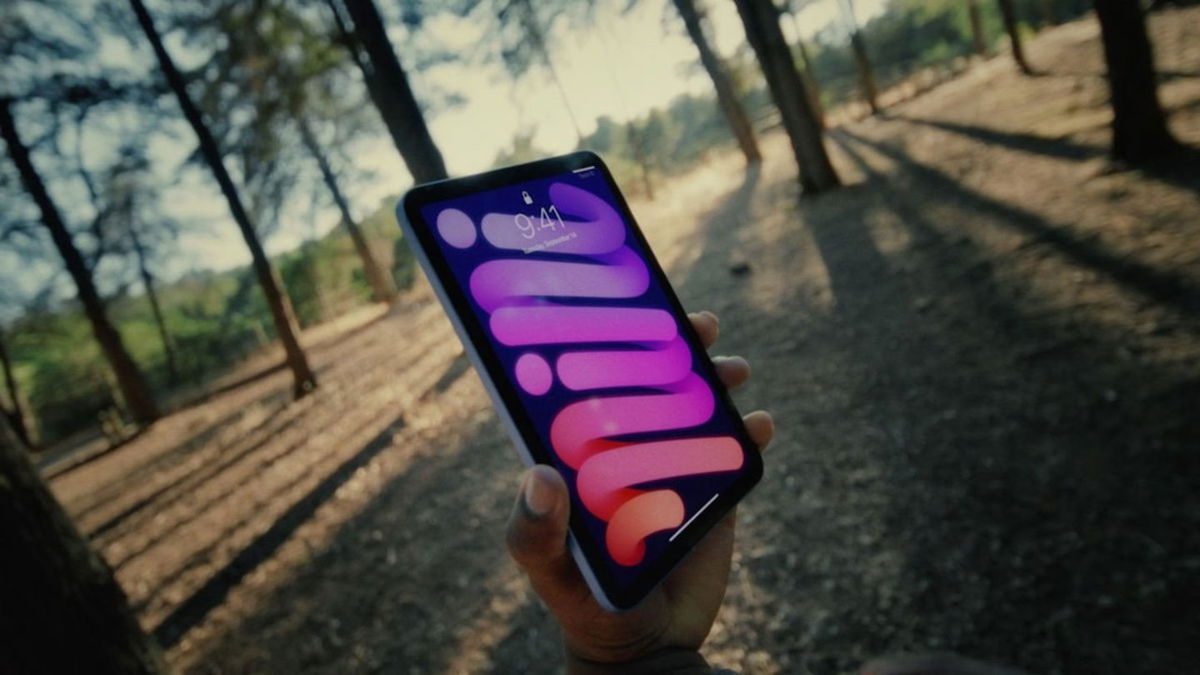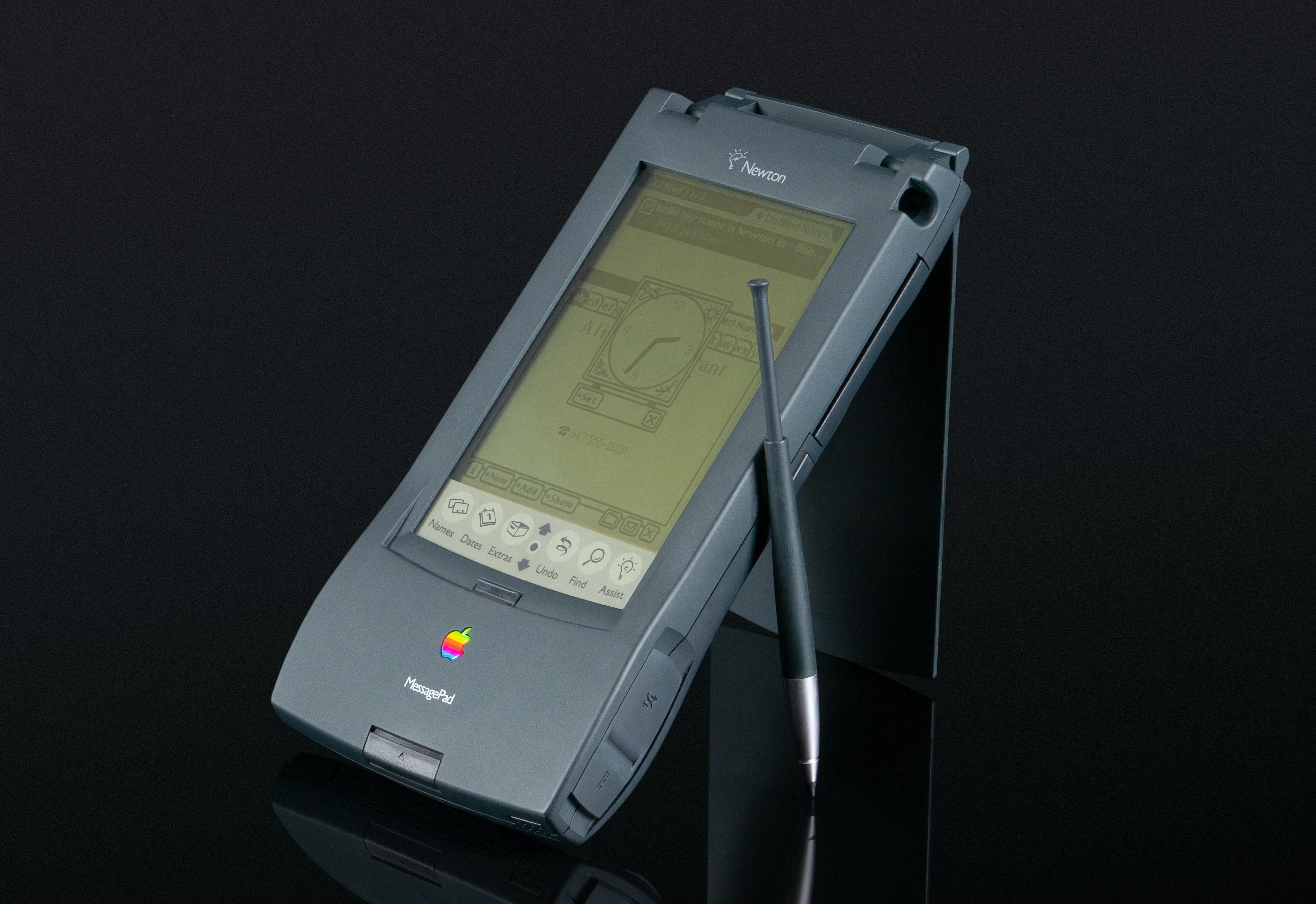The nineties were not easy for Apple. Without Steve Jobs, the company was trying to carve out a niche outside of the traditional computer market, which led to experimentation in other areas. That’s how we learned about products like the Macintosh TV, the Apple Pippin game console/media player hybrid, the Apple QuickTake camera, and more. But no one better represents that era than Newton’s Message Notebook.
For years, the Newton MessagePad – or Newton for most people for short – has been one of Apple’s most recognizable products, but for all the wrong reasons. Although the device established the concept of CPC (Personal Digital Assistant), which later exploded at the hands of Palm, was the subject of all sorts of ridicule. The device has been packed mistakes and he did not even offer a fraction of what he promised, at least not with the quality he wanted.
The most notorious case was handwriting recognition software, its most innovative feature. The technology wasn’t advanced enough to achieve the results that Apple planned and promoted, and it deserved it. ridiculed to the point of nausea. If it was even the inspiration for one of the most memorable scenes in The Simpsons…
In recent years, especially after the success of the iPhone and iPad, the press and the public have begun to view the Newton MessagePad in a more positive light. Many people think that the Apple device he was ahead of his time and that, despite technical problems and commercial failure, it laid the foundations for what we see today—much better and better implemented, of course—in multi-touch screen hardware such as smartphones and tablets.
Was the Newton MessagePad ahead of its time?
Before continuing, it is worth clarifying one question. The Newton MessagePad was not a standalone device, but a family of several models released in a very short period of time. After all, Apple PDAs were on the market only five years. However, in this article, we will focus mainly on the first generation gadget.
The original Newton MessagePad debuted in May 1992 and did exactly what Apple planned: it got the world’s attention. However, it went on sale only on August 2, 1993. And once it hit the market, it didn’t achieve the mainstream success that the Californians had hoped for. The reasons ranged from technical flaws in important features like handwriting recognition to high prices.
When the Newton became available to the public, it cost at least $900, which, according to inflation calculators, would be equivalent to about 1861 current dollars. And in return, users got a bunch of great ideas, but poor execution. For handwriting, users had to “teach” the device their handwriting, but the process was cumbersome and did not work properly.
The rest of the features turned out to be far from being as revolutionary as expected. The Newton MessagePad served as an address book, address book, calculator, and notepad. It also allowed connection to fax and email services, with accessories and services sold separately. But since the 4.5-inch screen was not backlit, it needed natural or artificial lighting in the room to use it.
In the internals, the device had a 20 MHz ARM 610 microprocessor, 4 MB of permanent memory and 640 KB of RAM. A very interesting function of the PDA is that it allowed send data between two Newtons via infrared. This served not only for messaging between teams, but also for applications. Of course, the devices had to be in the same room.
In terms of power, the first version required four AAA batteries, which didn’t offer much autonomy and also drew heavy criticism.
It should be noted that the software used gadget It was Newton OS, fully developed in C++; in addition, the applications were created in their own development language called Newton Script. Handwriting recognition technology was created by the Russian company ParaGraph International Stepan Pachikov, who licensed it to Apple.
Despite initial teasers, the platform has flourished with every software update, especially with OS version 2.0 released in 1996. However, by that time it was already too late.
Difficult and traumatic project

The idea for the Newton MessagePad originated in the second half of the 1980s. Steve Sakoman started working on a secret project with the approval Jean-Louis Gasse, who served as Apple’s vice president of research and development. Apple needed the services of AT&T to develop the processor that would power the device, but the results weren’t as expected.
Later, those in Cupertino learned of the work of Acorn Computers, the British firm that developed the ARM architecture, and invested $2.5 million in its development. Larry Teslaone of the key project leaders, years later published this:
Apple paid AT&T not one, but several million dollars for the Hobbit processor. The Hobbit was riddled with bugs unsuitable for our purposes and too expensive. We fought back after AT&T demanded several more million dollars in development fees. Instead, we invested $2.5 million in ARM, less than what AT&T would have paid.
Hosted by Larry Tesler on his website (1999).
This move proved to be more than beneficial for Apple. According to Tesler, after ARM went public in 1998, Cupertino representatives pocketed $800 million; namely, return on investment over 30,000%.
But back to Newton MessagePad. Gasse and Sakoman left Apple in 1990, and the project died out. Meanwhile, the people of Cupertino decided to create a separate company called General magic, consisting of several engineers who were originally associated with the CCP. Thus, they could continue their work outside the company, but with people from the bloc retaining part of the company.
Instead of canceling its own plans with Newton, however, Apple decided to refocus them with Larry Tesler and Steve Capps at the helm. As a result, this became a source of conflict, as the developers who switched to work in a new company, they accused Apple of betrayal when he introduced the Newton at CES in Chicago in May 1992. This topic was covered in the documentary General magic which was released in 2018.
When John Scullythe then CEO of Apple, publicly demonstrated the Newton MessagePad, it was with a little cheating. The devices were connected to a Mac for demonstration purposes as they were too unstable to work on their own. A new test was planned for CES in Las Vegas in January 1993. Those in Cupertino wanted the CCP to operate completely independently by then, and that required a lot of work.
The team responsible for developing the Newton MessagePad came under tremendous pressure. It was even said that the stress of its participants was comparable to what they experienced during the development of the Macintosh, working up to 16 hours a day. The situation has reached a critical point with Suicide of software engineer Ko Isonoin December 1992
After the traumatic event, Apple began not only to allocate more human resources to the project, but also psychological assistance to the workers involved.
Newton MessagePad failed in sales

When the Newton MessagePad finally hit the market in August 1993, initial sales were good, but they didn’t last. According to Apple, 50,000 PDA units were sold in the first three months. However, it is believed that until its termination barely 200,000 units were solddespite the launch of several versions with optimized software and hardware.
The MessagePad family consisted of seven people. Versions 100, 110, 120, 130, 2000 and 2100 were added to the original, released between 1994 and 1997. In addition, versions from Cupertino introduced eMate 300foldable device with physical keyboard and Newton operating system.
On the other hand, it’s worth mentioning that Apple has also licensed its operating system to third parties. This made it possible to simultaneously see similar devices from companies such as Sharp, Siemens and Motorola, with the same software.
Despite improvements with each new generation, the Newton MessagePad never got rid of the notoriety of the original version. Therefore, it is not surprising that Steve Jobs decided to fire him upon his return to the company. So the PDA suffered the same fate as the 20th Anniversary Macintosh and many other products that were canceled by the founder and CEO in his plan to make Apple profitable again.
The truth is that the body of the Newton MessagePad is quite peculiar. And despite the commercial failure, he left his mark on Apple. Up to the point that its chief engineers and leaders swore never again be the laughingstock of the press or industry. Made it so clear nitine Ganatra, former CTO of the California firm, on iOS and iPhone development:
“Everyone on the team knew that Apple was trying to release a touch device with the Newton and the whole industry was laughing at them.” Scott [Forstall] he was very focused on the intricacies of appearance. When we launched the application, it should have appeared instantly. When you moved your thumb up or down, the scroll should follow your movement without delay.”
Nitin Ganatra fast company (2013).
As much as Apple loves it, the Newton MessagePad is part of its history and deserves to be remembered. At least it reflects an era when those who they were far from being what they are todaywhere virtually every product they release becomes an instant hit.
Source: Hiper Textual
I am Bret Jackson, a professional journalist and author for Gadget Onus, where I specialize in writing about the gaming industry. With over 6 years of experience in my field, I have built up an extensive portfolio that ranges from reviews to interviews with top figures within the industry. My work has been featured on various news sites, providing readers with insightful analysis regarding the current state of gaming culture.













